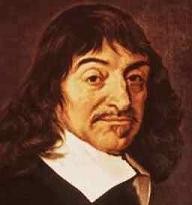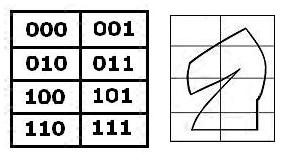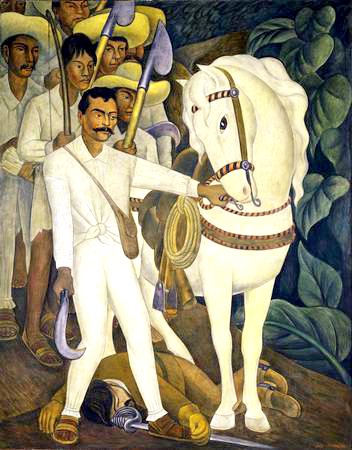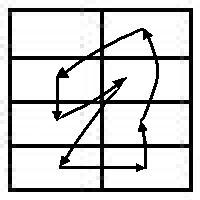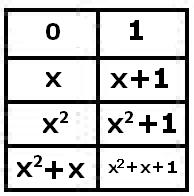Art Wars:
Mathematics and the
Emperor's New Art
From Maureen Dowd's New York Times column of June 9, 2002:
"The shape of the government is not as important as the policy of the government. If he makes the policy aggressive and pre-emptive, the president can conduct the war on terror from the National Gallery of Art."
Meanwhile, at the Washington Post, another example of great determination and strength of character:
Donald Coxeter Dies: Leader in Geometry
By Martin Weil
Washington Post Staff Writer
Saturday, April 5, 2003
"Donald Coxeter, 96, a mathematician who was one of the 20th century's foremost specialists in geometry and a man of great determination and strength of character as well, died March 31 at his home in Toronto."
From another Coxeter obituary:
In the Second World War, Coxeter was asked by the American government to work in Washington as a code-breaker. He accepted, but then backed out, partly because of his pacifist views and partly for aesthetic reasons: "The work didn't really appeal to me," he explained; "it was a different sort of mathematics."
For a differing account of how geometry is related to code-breaking, see the "Singer 7-cycle" link in yesterday's entry, "The Eight," of 3:33 PM. This leads to a site titled
An Introduction to the
Applications of Geometry in Cryptography.
"Now I have precisely the right instrument, at precisely the right moment of history, in exactly the right place."
— "Patton,"
the film

Quod erat
demonstrandum.
Added Sunday, April 6, 2003, 3:17 PM:
The New York Times Magazine of April 6
continues this Art Wars theme.

(Cover typography revised)
The military nature of our Art Wars theme appears in the Times's choice of words for its cover headline: "The Greatest Generation." (This headline appears in the paper, but not the Internet, version.)
Some remarks in today's Times Magazine article seem especially relevant to my journal entry for Michelangelo's birthday, March 6.
"…Conceptualism — suddenly art could be nothing more than an idea….
LeWitt moved between his syntax of geometric sculptures and mental propositions for images: concepts he wrote on paper that could be realized by him or someone else or not at all. Physical things are perishable. Ideas need not be."
— Michael Kimmelman, chief art critic of the New York Times, April 6, 2003
Compare this with a mathematician's aesthetics:
"A mathematician, like a painter or a poet, is a maker of patterns. If his patterns are more permanent than theirs, it is because they are made with ideas."
— G. H. Hardy, A Mathematician's Apology (1940), reprinted 1969, Cambridge U. Press, p. 84
It seems clear from these two quotations that the real conceptual art is mathematics and that Kimmelman is peddling the emperor's new clothes.








